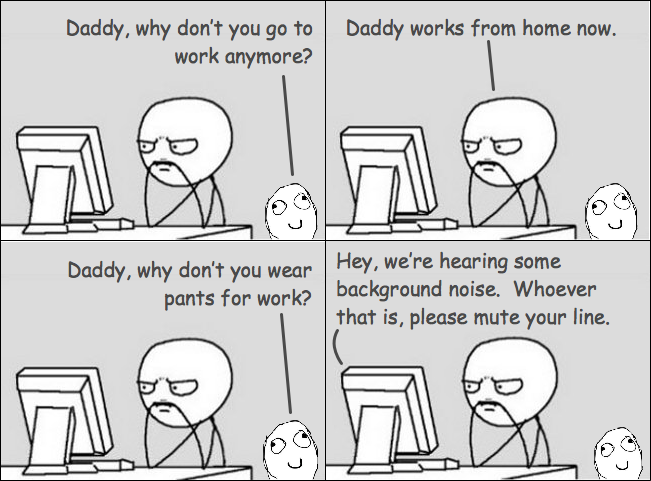This article continues a series of communications from GGA Partners to help private club leaders address challenges confronting their businesses and their employees as a result of the global health crisis. Today, Henry DeLozier highlights GGA Partners’ crystal ball thoughts on what the post-crisis environment will look like for club and leisure businesses.
Gordon Gecko wasn’t the good guy in the Faustian tale Wall Street and, yet, the character played in the 1987 movie by Michael Douglas left behind some memorable advice, “The most valuable commodity I know of is information.”
In early April, GGA Partners gathered its team of trusted advisors and thought leaders for the express purpose of developing strategic tenets to guide GGA clients across the globe. Following are glimpses of impacts for private clubs and club leaders:
Expect Longevity
Murray Blair and Fred Laughlin, directors at GGA Partners, observe that the effects of the epidemic will be lasting and may be sortable now into certain phases:
Pre-Vaccine – Until a reliable vaccine is developed, tested, and made available for widespread usage, conditions for most clubs will change only slightly from current circumstances. Baseline operational methods will change significantly as partial- and full-closures are showing operators and members new – more attractive, in some cases – methods which satisfy members’ concerns for caution and dining at their clubs. Many clubs are finding that demand for dining options at the club is growing as so many previously competitive restaurants are closed.
Operating costs will vary widely. Housekeeping budgets will increase substantially as members want to experience highly obvious signs of the club’s emphasis on sanitary conditions, cleanliness, and personal safety for members and staff. Labor costs will vary widely based upon local supply/demand balance as many workers will be less mobile than before.
Post-Vaccine – After a vaccine has been found and put into use, members will renew their active usage of their clubs differently. Bennett DeLozier observed that club members who previously were nonchalant on matters of strategic planning at the club will demand that their club have a clearly stated and broadly understood game plan. Many members who are responding GGA attitudinal surveys observe that there was no expectation of a health pandemic and, yet, believe “The club should have had a disaster preparedness plan.” Strategic planning, which was previously an indicator of the best leadership in clubs, will be important to most private clubs more so in the future.
Continued & Reinvigorated Family-First Focus
Barb Ralph, one of GGA’s most tenured team members, opined that members will seek more family-oriented facilities, programs and services. The notion of “clanning”, first suggested by futurist Faith Popcorn in her 1996 book, Clicking: 7 Trends That Drive Your Business–And Your Life, documents Barb’s thinking on the importance that causes many to want to keep those dear to them in a safe haven – like their club.
A New Normal
Linda Dillenbeck, a director for the GGA Partners Club Communications Practice, looks beyond the pandemic to underscore the critical importance of effective and trusted member communications from the club to its stakeholders: members – their families and friends, employees, neighbors, suppliers, and vendors.
Linda suggests that in a time when new standards are being established, the necessity of effective communications from clubs to their members will be a difference-maker to the clubs’ future economic durability. “Club’s with a proactive communications approach will be at a distinct advantage throughout and after the coronavirus epidemic,” according to Dillenbeck.
Shifting Operational Needs
Speaking from the perspective of the millennial generation, Alison Corner, Ben Hopkinson, Andrew Johnson, Mingye Li, and Andrew Milne agree that clubs will change significantly and – in some ways – toward operational needs and priorities previously reported through GGA Partners’ millennial research installments.
To summarize the ideas from these brilliant young minds, clubs will shift dramatically into (a) high-gear focused on membership recruitment and retention; (b) new activities, like musical events and performance art; and (c) new membership types, categories, rights, and privileges.
Martin Tzankov, a GGA manager, expects the new normal to bring a focus to financial durability to clubs. Martin notes the importance for club leaders to mind the strategic priority of balance sheet management and the financial health of their clubs.
Many club leaders forget the four cornerstones of board service: leadership, governance, strategy, and finance. Looking ahead, the clubs that perform best after the coronavirus pandemic will be those holding the best information. Perhaps Gecko was right.









